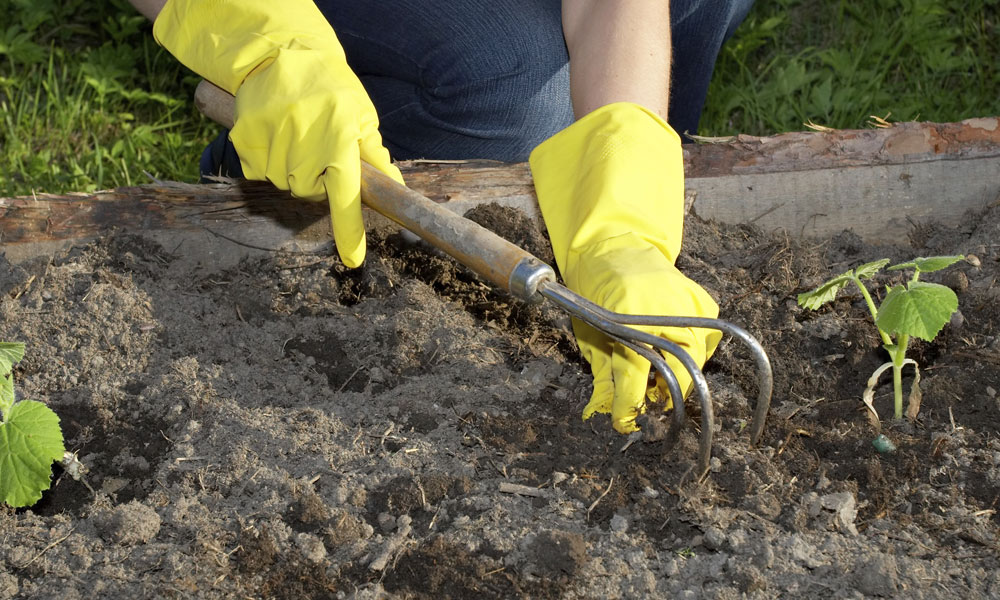
Lunchtime Links: Making Your Garden Grow
How do you measure your organizational growth? With the right approach, you can help ensure you grow the right way. Also: According to a psych study, clenching your fists while processing information helps you recall the data later.
If you have a green thumb, you know what it takes to make things grow. You have to feed them, give them love, and protect them. And, even though adding more flowers may make your garden more beautiful, it may also make it harder to manage.
How to help your organization blossom without losing control, and more, in today’s Lunchtime Links:
Growth chart: Does your association focus on membership growth? If so, consider a different perspective from Andrea Pellegrino, principal of the Maia Marketing Group, who suggests that your organization’s success isn’t based on constantly adding to your membership rolls. Anything that helps your association become more engaged in its community and deliver on its mission, with new and seasoned members alike, will result in organization growth. “Associations can put themselves back on the path to true growth—beyond membership—by accepting that not all of an association’s market engagement (or economic benefit) has to come through members or membership growth,” Pellegrino writes. Associations Now‘s Joe Rominiecki has a similar theory: “Success is based not on how many members you serve but on how well you serve them,” he writes.
Clenched fists: If you have trouble remembering things, you may want to give this move a try. Ruth Propper, a professor of psychology at Montclair State University, has completed a study that suggests that clenching your fists as you process information will help you remember it better. Apparently, the muscle activity connects to different parts of the brain, some of which relate to memory. “The study found participants who squeezed a ball in their right hands before processing new information, and then again in their left hands before remembering it, performed significantly better than those who used other hand-clenching patterns—and slightly better than those who used no muscle stimulation at all,” Inc. reports.
Making it up: When you’re trying to make a point, what do you use to back up your arguments? Do you bring out data or factual evidence? Now, think about how you lead your organization. Is your approach to leadership based on data or just ideas you’ve picked up along your career? Jamie Notter, author, speaker, and leadership consultant, notes that there’s no textbook or set of guidelines for leadership, and that’s OK. “We need to confront the fact that when it comes to management and leadership, we are mostly making stuff up,” he writes on his blog.
What interesting reads have you found today? Let us know in the comments.
(iStockphoto/Thinkstock)






Comments